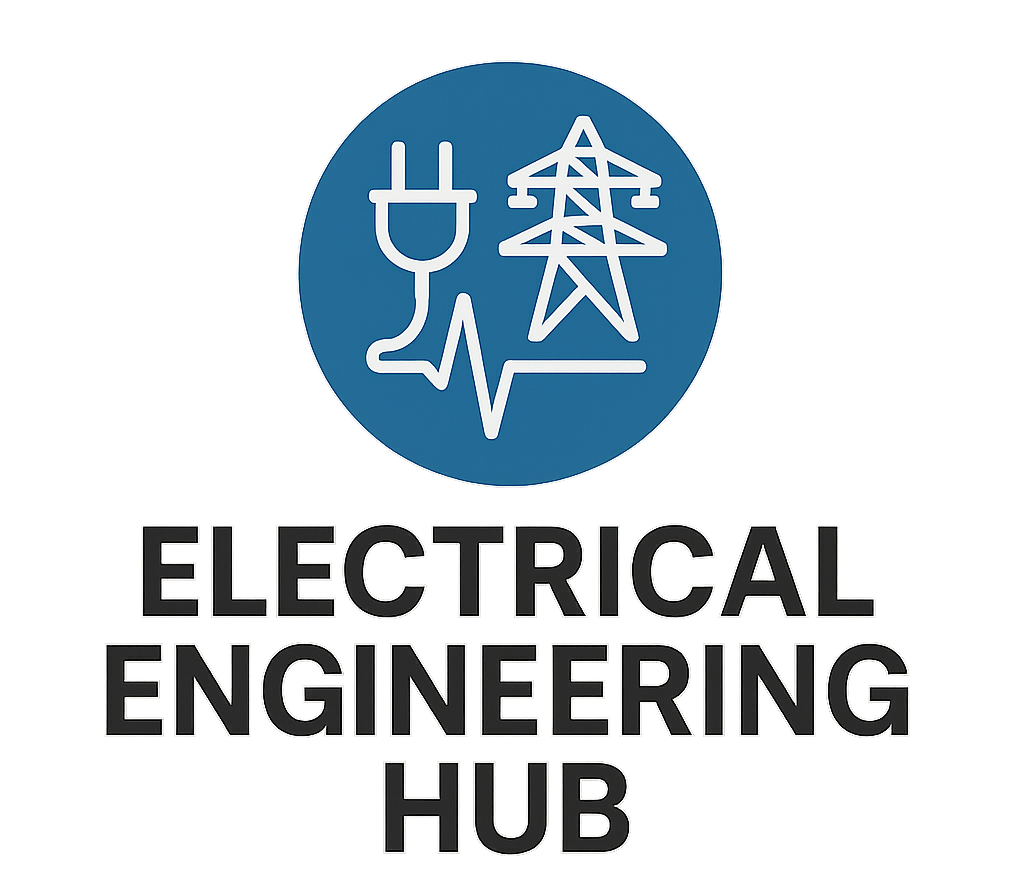Electrical Wiring Standards and Insurance: Best Guide
When it involves electrical wiring, requirements are essential to making sure protection, reliability, and efficiency. These standards, consisting of the National Electrical Code (NEC) and the International Electrotechnical Commission (IEC) standards, provide recommendations for the right set up and protection of electrical structures. Compliance with these standards now not only guarantees a secure environment but additionally has giant implications for coverage insurance and premiums.
In this blog post, we will discover the various electrical wiring requirements and how adherence to those standards can impact coverage policies.
Table of Contents

Understanding Electrical Wiring Standards
National Electrical Code (NEC)
The NEC, also known as NFPA 70, is a locally adoptable standard for the secure set up of electrical wiring and equipment inside the United States. Published by using the National Fire Protection Association (NFPA), the NEC is up to date each 3 years to incorporate new protection practices and technology. The NEC covers a wide range of topics such as wiring methods, grounding and bonding, overcurrent safety, and more. Compliance with the NEC is obligatory for maximum electric installations inside the U.S.
International Electrotechnical Commission (IEC) Standards
The IEC is a global agency that prepares and publishes international standards for all electrical, electronic, and associated technology. IEC requirements are extensively adopted outdoor the U.S. And serve as a benchmark for electric safety and overall performance. The IEC 60364 series, as an example, provides recommendations for the layout, erection, and verification of electrical installations. Unlike the NEC, which is a legally enforceable code, IEC requirements are regularly followed by means of international locations as part of their country wide regulations.
Other Relevant Standards
British Standards (BS 7671):- Also called the IET Wiring Regulations, these requirements are used inside the UK and are primarily based at the IEC requirements.
Canadian Electrical Code (CEC):- Similar to the NEC, the CEC governs electric installations in Canada.
Australian Standards (AS/NZS 3000):- Known because the Wiring Rules, these standards follow to electric installations in Australia and New Zealand.
Implications of Electrical Wiring Standards on Insurance
Risk Assessment and Premiums
Insurance organizations determine the chance associated with a property earlier than determining the premiums for coverage. Properties with electric systems that comply with established wiring requirements are normally considered lower threat. This is because adherence to requirements just like the NEC or IEC reduces the likelihood of electrical fires, device screw ups, and other risks. As a result, residences with compliant electrical systems often enjoy decrease coverage charges.
Compliance and Coverage
Many coverage rules include clauses that require compliance with nearby electric codes and standards. Failure to comply can bring about the denial of claims, specially if non-compliance is discovered to have contributed to a loss. For instance, if an electrical fire happens in a constructing wherein the wiring does no longer meet the NEC or nearby standards, the coverage enterprise may additionally refuse to cowl the damages. Therefore, ensuring that your electric machine complies with relevant requirements is important for retaining adequate insurance coverage.
Inspections and Certification
Insurance corporations frequently require inspections and certifications as a part of the underwriting method. Certified electricians must confirm that the electrical installations observe the relevant standards. Regular inspections and certifications now not only assist in acquiring coverage however also in renewing rules at favorable fees. These inspections can perceive potential issues before they emerge as considerable issues, in addition lowering hazard and coverage fees.
Upgrades and Retrofitting
Older properties can also have electric systems that don’t meet cutting-edge standards. Insurance businesses may also require enhancements or retrofitting to convey those systems up to code. This can involve full-size investment, however it’s far important for making sure safety and compliance. Upgraded electric systems lessen the hazard of incidents, leading to potential reductions in coverage charges. Moreover, demonstrating proactive threat management by upgrading electrical systems can positively impact an insurer’s perception of the assets.
Impact of Technological Advancements
Technological advancements in electric systems, including smart grids and advanced circuit safety, are often incorporated into up to date wiring standards. Insurance corporations apprehend the advantages of these technologies in enhancing safety and lowering hazard. Properties that utilize current, compliant technologies may additionally acquire higher coverage costs. For example, smart circuit breakers that provide real-time monitoring and fault detection can save you potential issues, for this reason lowering the risk for insurers.
Conclusion
Compliance with electric wiring standards isn’t always just a legal requirement; it’s miles a critical factor in ensuring safety and lowering danger. Standards together with the NEC and IEC provide complete guidelines for the right installation and protection of electrical structures. Adherence to these requirements has extensive implications for coverage, impacting risk assessment, premiums, coverage, and the want for inspections and certifications.
Property proprietors and executives must prioritize compliance with electrical wiring standards to maintain ok insurance coverage and advantage from lower rates. Regular inspections, well timed improvements, and staying informed approximately technological advancements are essential steps in handling electric dangers successfully. By doing so, you not most effective create a safer surroundings however also foster a high-quality courting along with your coverage company.
In precis, knowledge and adhering to electric wiring requirements is important for both safety and insurance functions. As these standards hold to adapt, staying compliant will make sure that your own home remains blanketed and that you acquire the most favorable insurance terms viable.
Worth Read Posts
- Power Transformer Testing
- Power Transformer Parts
- Hysteresis Loss and Eddy Current Loss
- Derivation of Hysteresis Losses
- Transformers: Important Types, Features & Components
- Transformer Tests Before Commissioning
- Transformer Electrical Interview
Follow us on LinkedIn, “Electrical Insights,” to get the latest updates on electrical engineering. For the latest jobs follow us on “Jobs Corner“.




